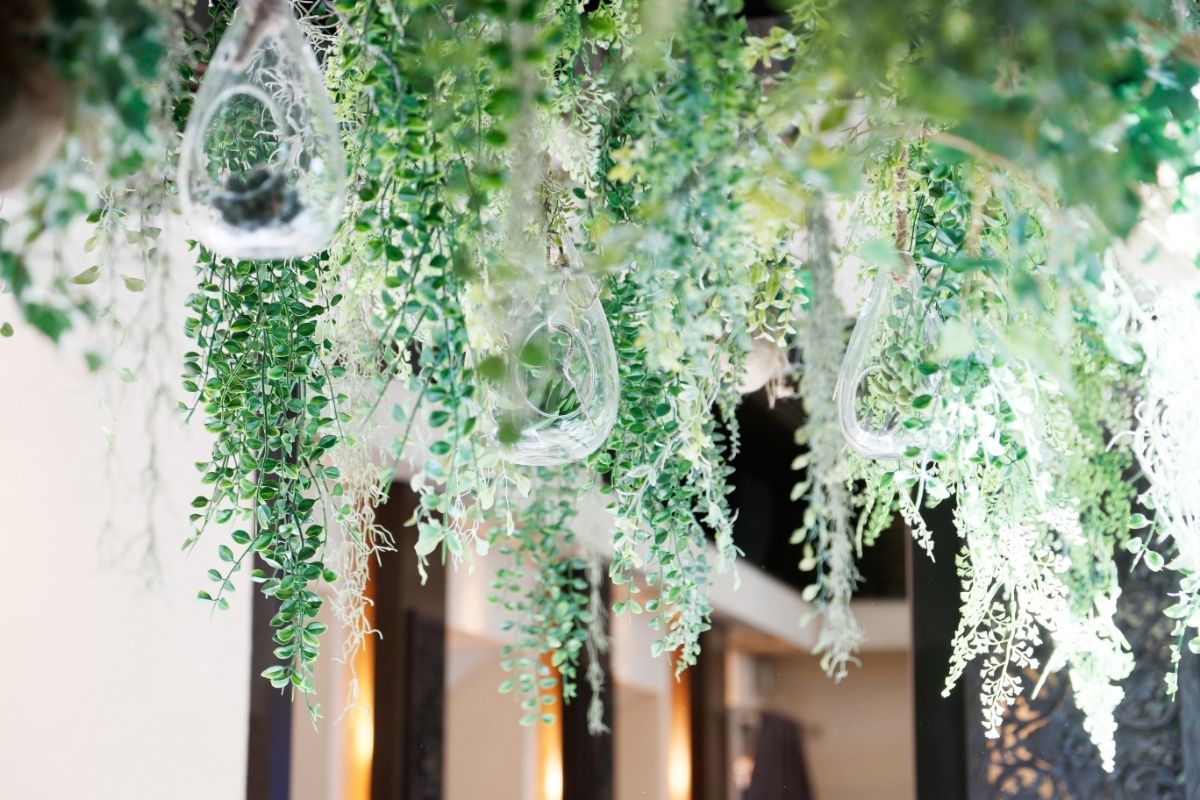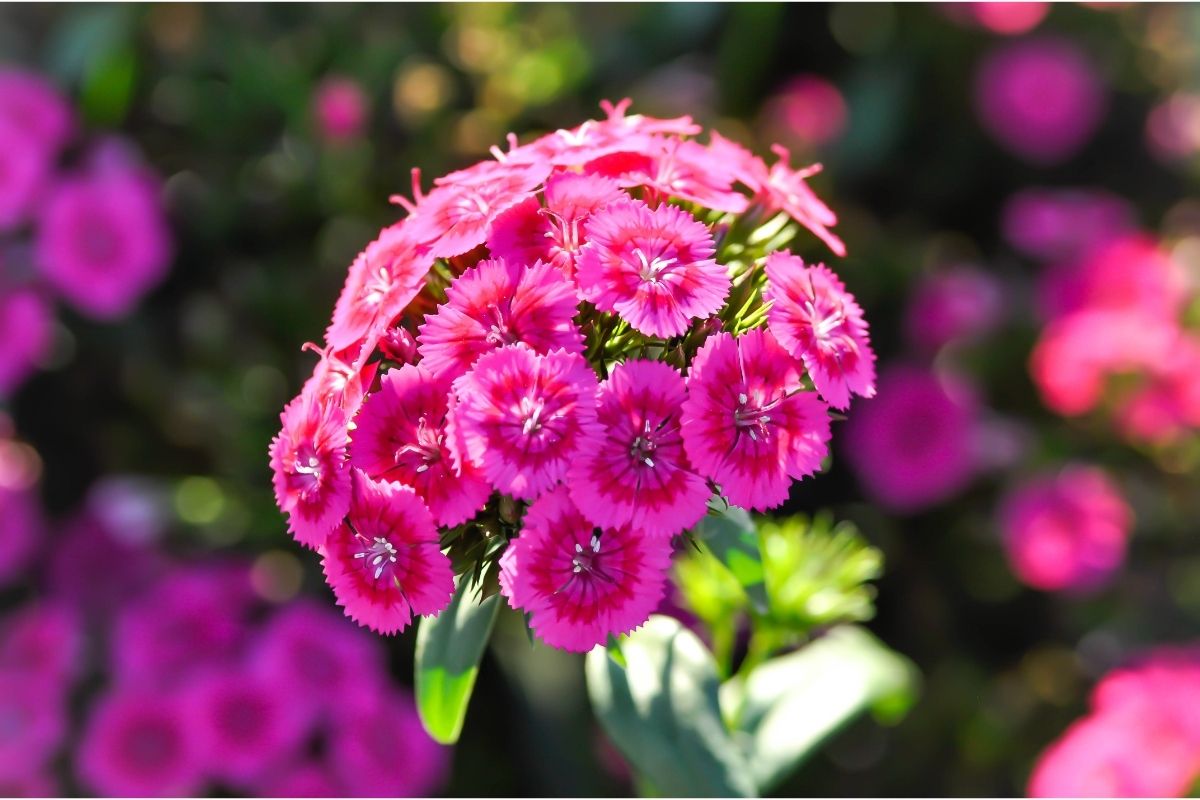Plants are living creatures, so it’s only natural to wonder if plants sleep as animals and humans do. If you’re curious about plants and their nature, then you’ve come to the right place.

We will be taking a closer look at whether plants sleep and if they do in the same way that an animal would.
We’ll answer any burning questions you may have about their nocturnal habits and other curiosities around them.
Do Plants Sleep?
Plants aren’t known to sleep in the same way as people do, but that doesn’t mean they don’t sleep. Plants have circadian rhythms in the same way as people.
Through their circadian rhythms, they can identify the time of day and whether it is night or day. Much like us, plants aren’t as active at night, but when the sun rises, they, too, awaken.
How Do Plants Sleep?
As we mentioned before, plants do sleep, but not like us. Plants go through physiological changes throughout the day.
Their behavior is solely dependent on the sun, so the plants will spend their day in photosynthesis. However, they can’t engage in photosynthesis and draw energy from the sun when it sets.
Therefore, plants will see their other physiological processes take over.
Generally, it is during the night when they reduce their activity, so they show similar behavior to any creature sleeping.
You’ll find that they will stop engaging in photosynthesis, and their chloroplasts will shrink. Many will also close their stomata or position their leaves in a resting position.
Any plants that bloom during the day will also close their flowers, so it does seem to look like they are sleeping.
How Do Plants Work At Night?
Plants will undergo several metabolic changes at night, as they will consume the energy that they store during photosynthesis.
Their circadian rhythms will control any production and nighttime feeding so they can adapt to any seasonal changes.
That way, they don’t overdo it for short summers, and they won’t go hungry during the long winter evenings.
They will also use this time to repair any cells or tissues that were damaged during the day.
This way, any plants can recover from overexposure to UV light, impacts from environmental pollutants, and harmful metabolic byproducts.
As you can tell, plants may seem to be sleeping, but they are using this time to re-energize. So, plants will use their energy to grow.
If a plant opens its stomata, it could be so it can absorb carbon dioxide, as they don’t have access to a lot of water. These same plants will close their stomata during the day to ensure the water isn’t lost.
Likewise, other plants will use the night to bloom, and so they will release aromas to attract different nocturnal creatures. So, it would appear that some plants appear more nocturnal than others.
How Do Plants Sleep in Winter?

Many animals hibernate during the winter, so it can be assumed that plants do something similar. However, this is not called hibernation.
Plants will go into dormancy, and it is not a time when they are sleeping, even if it appears so. Plants in dormancy will cease all metabolic activity.
Plants that lose their leaves with the seasons will drop their leaves as they can’t photosynthesize without them, and other plants, such as pine trees, will also enter dormancy.
It is similar to hibernation, so you could become confused by what plants are doing. However, plants will go into dormancy for a longer period than hibernating animals.
Does This Mean Plants Grow At Night?
As they’re using their energy to metabolize, it’s actually when your plant will grow. Plants take part in respiration at this time, and they will process glucose that was produced during photosynthesis.
During respiration, they not only use glucose, but they will use oxygen, carbon dioxide, and water to continue to grow.
The night is the best time for a plant to grow, as your plant needs the sun to survive.
At night, your plant will grow to get closer to the sun, and so it will concentrate its energy to push and grow toward its closest light source.
This is why you may find some plants growing in a strange direction so that they can reach closer to the sun.
If a plant is at an awkward angle, it will stretch and grow into awkward positions until it finally reaches the light. If it doesn’t receive sunlight, you’ll find that your plant will starve.
How Much Darkness Does A Plant Need To Grow?
Your plant needs to be left in complete darkness to ensure it gets the right amount of time to recover and grow.
In fact, if a plant is given too much light, it will do more damage, as it will go through dehydration and light stress.
If you have a seedling, it will need between six and eight hours in the dark, while more mature plants need between eight and ten hours.
Without the right amount of darkness, they cannot recover from the damage inflicted on them during the day.
We recommend that the maximum amount of time for a plant to be exposed to light is up to sixteen hours.
The leaves will burn if they have more than twelve hours of direct sunlight with a smaller darkened period.
Therefore, indoor plants should be swapped out once a month to rest at night. Office plants are especially at risk, so give them time to recover when it’s night.
Final Thoughts
While photosynthesis is important for plants, respiration is equally important and is equivalent to sleep for them.
During the night, they will grow and use their energy so they can have access to more sunlight during the day.
Therefore, it’s one of the most important times of the day and allows them the chance to recover from any damage received earlier.
If you’re curious about plants and their functions, feel free to check out some of our other articles.
- Best Hanging Plant For Low Light - September 4, 2023
- Best Indoor Plants Florida - August 28, 2023
- Best Plants For Bathroom Smells - August 21, 2023








